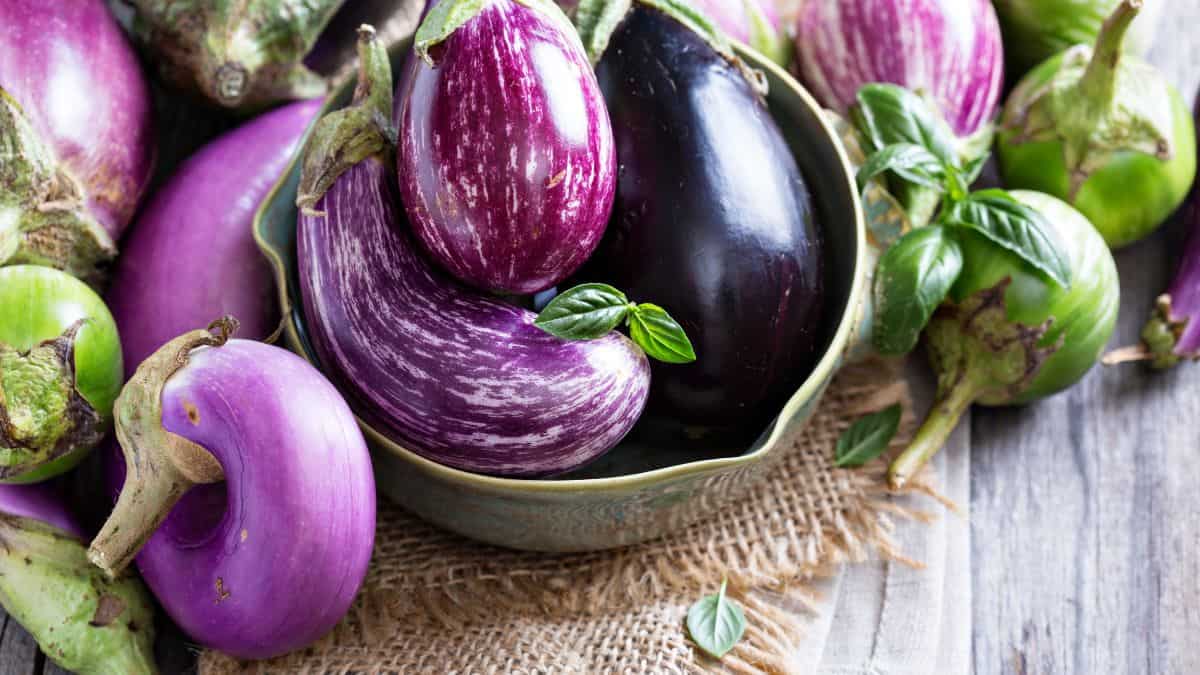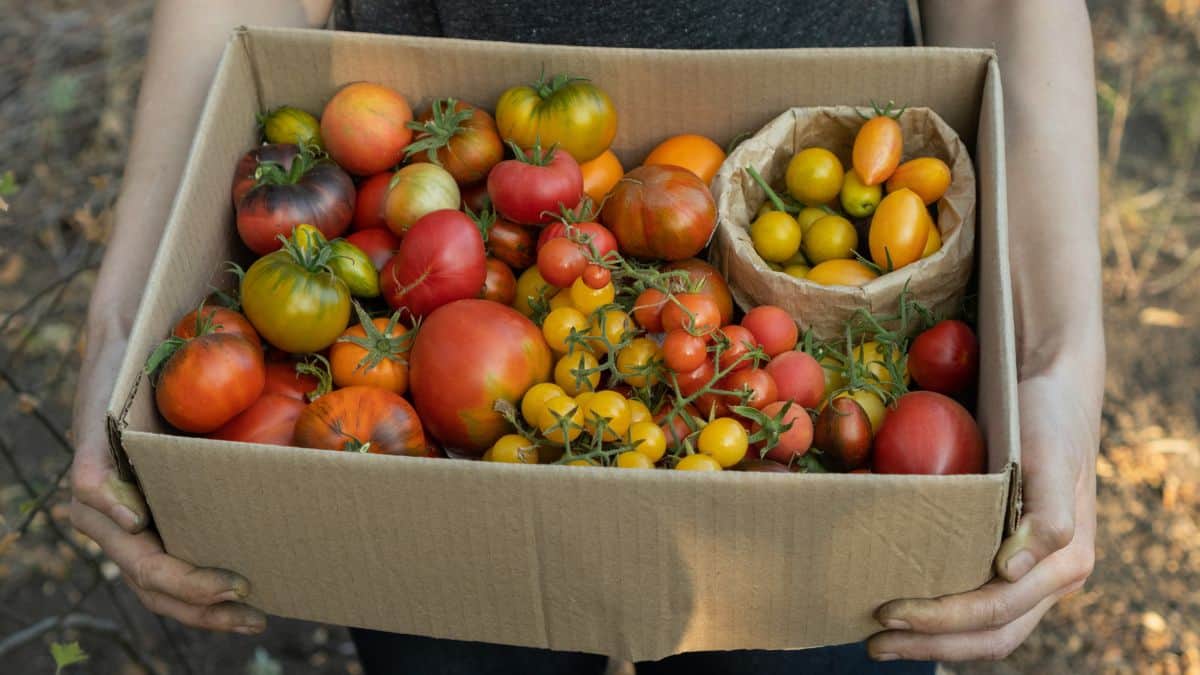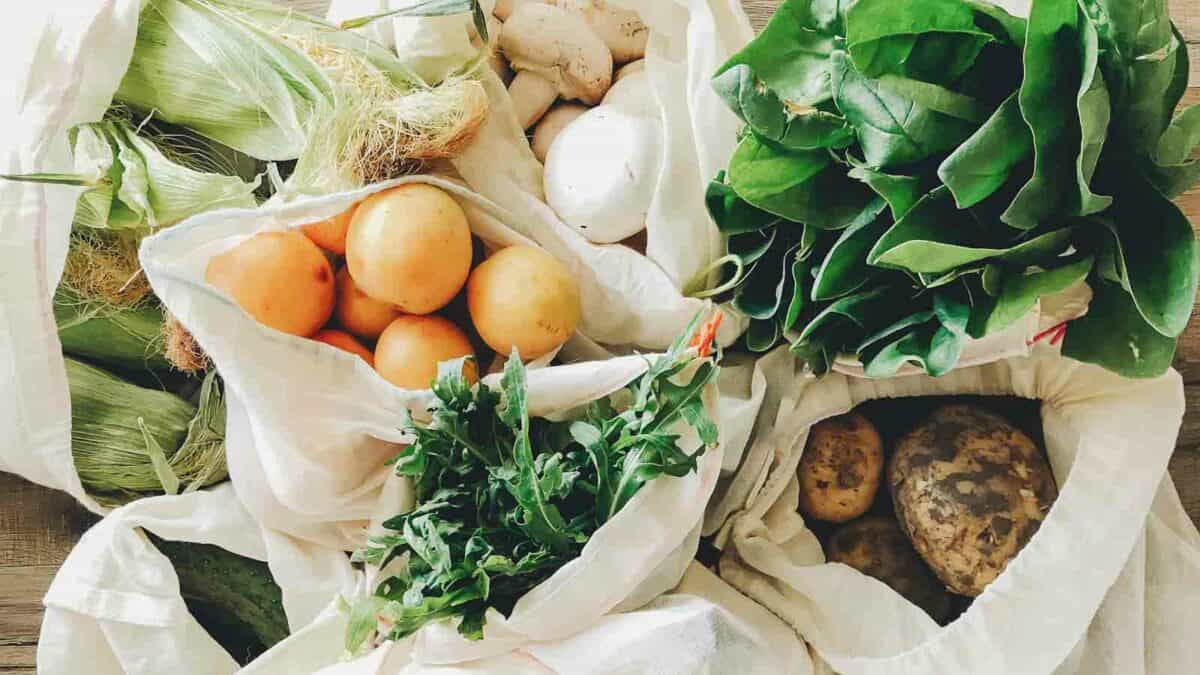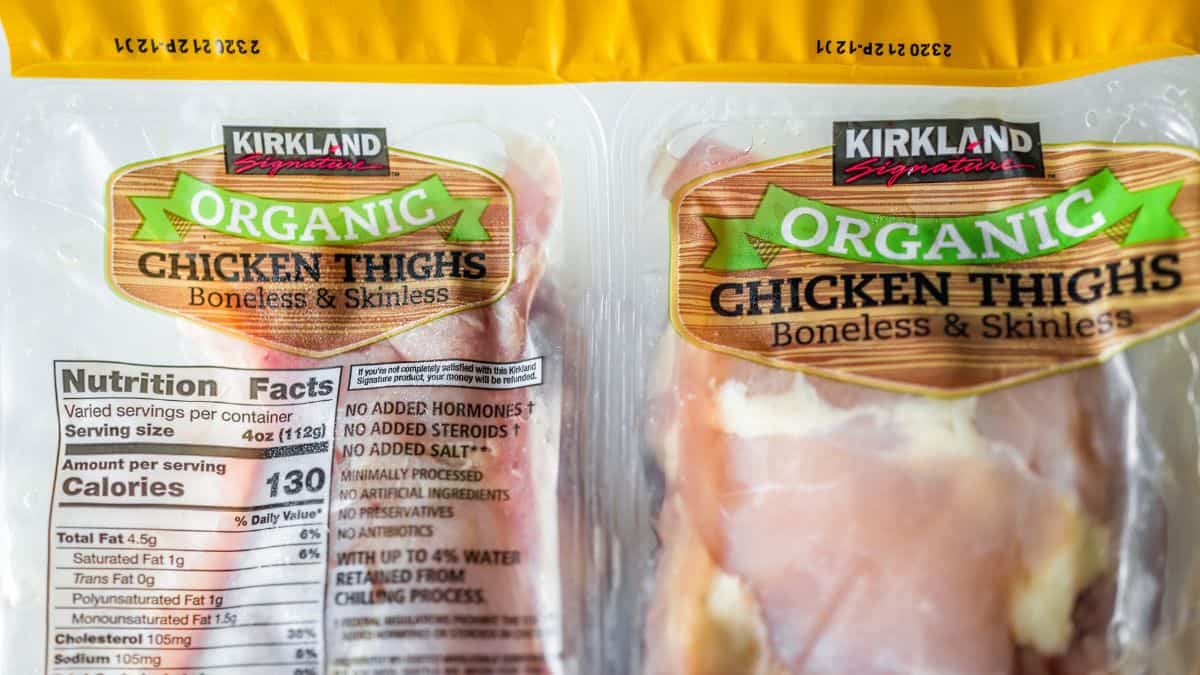Heirloom vegetables aren’t just a trendy choice at farmers markets — they pack a flavor punch that modern varieties simply can’t match. These old-school varieties have been handed down through generations and are celebrated for their vibrant flavors and unique characteristics. When you choose heirloom vegetables, you’re not only enjoying delicious produce, but you’re also supporting biodiversity and sustainable farming practices. They bring a depth and richness of taste that can elevate even the simplest dish.

Genetic Diversity

Heirloom vegetables are derived from seeds that have been passed down for generations. This genetic variety allows for a broader range of flavors, which are often richer and more pronounced than those found in mass-produced varieties.
Local Adaptation

These vegetables are adapted to their local climates and soil conditions, which helps develop unique and robust flavors. Local adaptation ensures they are perfectly suited to their growing conditions, enhancing their natural taste.
Ripeness at Harvest

Heirloom varieties are typically harvested at peak ripeness, when their flavors are most vibrant. Smaller-scale operations allow for precise picking at the perfect time for flavor, not shelf-life.
Soil Health and Farming Practices

Grown using sustainable practices that maintain soil health, heirloom vegetables benefit from a nutrient-rich environment. Healthier soils contribute to the nutritional quality and enhanced flavor of the produce.
Less Water Content

Some heirloom vegetables have lower water content than commercial types, which tends to concentrate their flavors more intensely. This characteristic often leads to a richer, more robust taste.
Variety-Specific Qualities

Heirloom vegetables are valued for specific traits, including flavor, that have been refined over generations. Unlike commercial varieties, which are bred for yield and uniformity, heirlooms shine in their taste profiles.
Nutrient Content

The diverse nutrients found in heirloom vegetables not only contribute to health benefits but also enhance their flavors, offering a fuller taste experience compared to more modified crops.
Older Varieties

These older vegetable strains were developed before modern agricultural practices dominated. They retain characteristics prized in the past, such as flavor and texture, which often get lost in modern varieties.
Lower Yield Stress

Often grown in less intensively farmed conditions, heirloom plants may experience lower stress levels, allowing them to use their energy to develop fuller flavors rather than merely surviving.
Traditional Farming Wisdom

The cultivation knowledge passed down with heirloom seeds includes specific practices that enhance flavor. This traditional wisdom helps in growing vegetables that are not only healthy but also more flavorful.
Seasonality

Heirloom vegetables are usually grown and consumed within their natural growing seasons which allows them to develop naturally optimal flavors. Eating them in season means experiencing them at their best.
Connection to Heritage and Story

The rich history and stories behind heirloom varieties add an emotional depth to their consumption. Knowing about the vegetables’ backgrounds and the generations of care taken to preserve them enriches the experience of eating them.
13 Smart Tips To Cut Down On Kitchen Waste Effortlessly

Tired of seeing a full trash bin in your kitchen day after day? It’s easier than you think to make a change. These zero-waste tips will guide you through simple ways to reduce kitchen waste, helping you save money and the planet at the same time. By tweaking how you shop, cook, and use leftovers, you can drastically cut down on waste and make your kitchen a more sustainable space.
See Them Here: 13 Smart Tips To Cut Down On Kitchen Waste Effortlessly
5 Labels On Chicken That Mean Nothing & 6 To Pay Attention To

Navigating the grocery store’s poultry aisle can feel like decoding a secret language. “Organic,” “air-chilled,” and “non-GMO” are just a few buzzwords you’ll encounter, each promising a better bird. But which labels actually mean something for the welfare of the chickens and the quality of your dinner? We’re here to cut through the clutter and tell you which chicken labels are worth paying attention to and which ones you can safely ignore.
Read it Here: 5 Labels On Chicken That Mean Nothing & 6 To Pay Attention To
Gina Matsoukas is an AP syndicated writer. She is the founder, photographer and recipe developer of Running to the Kitchen — a food website focused on providing healthy, wholesome recipes using fresh and seasonal ingredients. Her work has been featured in numerous media outlets both digital and print, including MSN, Huffington post, Buzzfeed, Women’s Health and Food Network.








